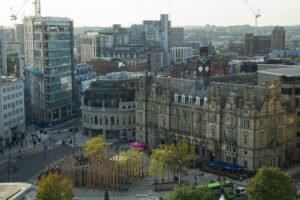
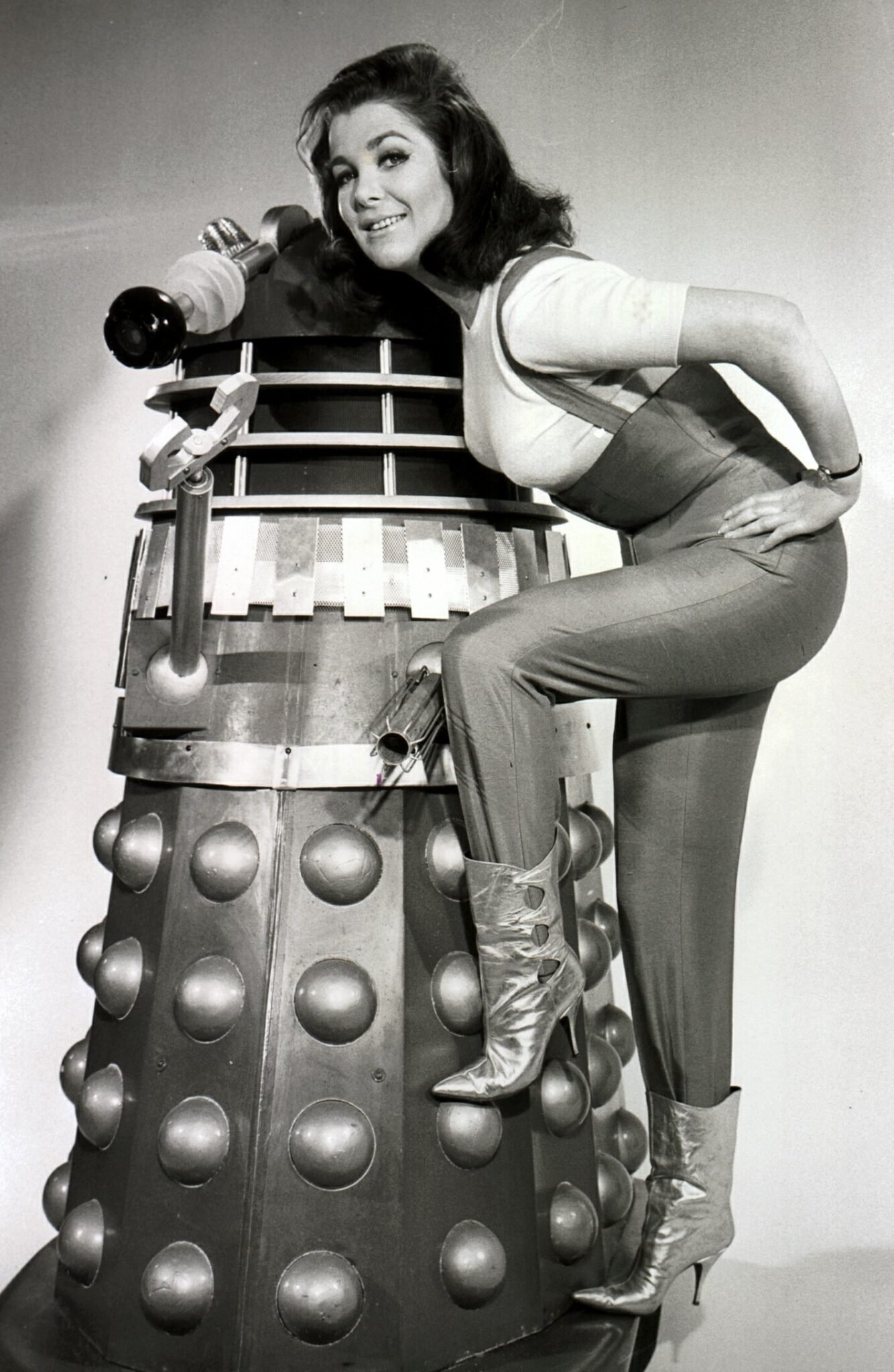
Hollywood may have its multi-million-dollar gadgets and flashy cars, but British cinema and television have created their own unforgettable icons—props that have captivated audiences worldwide. From a time-traveling police box to a quirky green Mini, these items are more than just set pieces; they’re symbols of British storytelling, creativity, and humor.
Many of these props were crafted with modest budgets but became essential symbols of their characters and stories. Take the Aston Martin DB5 from James Bond, which cost around £8,000 when it first appeared in the 1960s—a major investment for a single prop. Similarly, Mr. Bean’s iconic green Mini has become a global symbol of British comedy, instantly recognizable and beloved by fans for its role in his hilarious adventures.
In this article, we take a closer look at some of Britain’s most legendary props, exploring their significance, the roles they played in defining the stories they starred in, and the cultural impact they continue to hold.
Although initially designed on a modest BBC budget, maintaining the TARDIS’s look over decades has required various upgrades and restorations.
The TARDIS is more than just a time machine; it’s the heart of Doctor Who. Its blue police box design is instantly recognizable, making it a symbol of both nostalgia and adventure. It connects fans to the Doctor’s endless journeys across time and space and has become a beloved icon worldwide.
The TARDIS embodies British creativity, transforming an ordinary 1960s police box into a time-traveling marvel. It represents resilience, with the show’s legacy and popularity spanning generations. For British viewers, the TARDIS is a nostalgic reminder of Saturday night TV, and for international audiences, it’s a gateway to the world of British sci-fi.
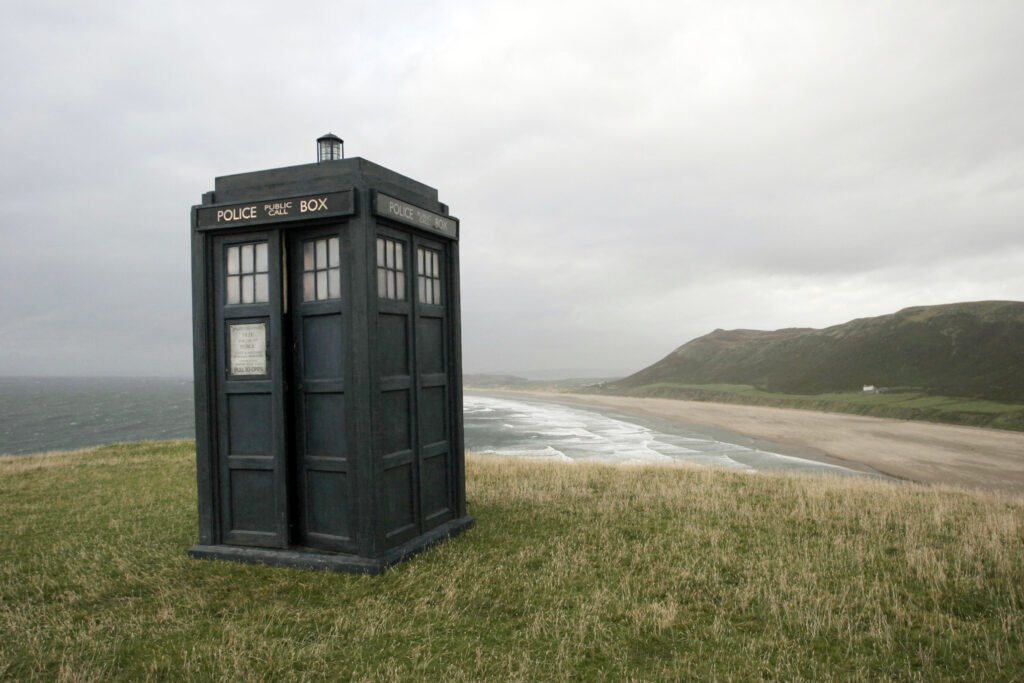
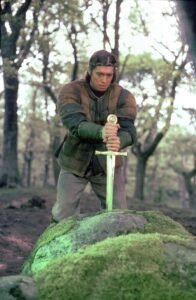
Forging the legendary sword required expert craftsmanship, making it a valuable prop for Excalibur‘s ambitious retelling of the King Arthur legend.
Excalibur is more than just a weapon; it’s a symbol of royalty, destiny, and power in Arthurian lore. Its presence elevates the film’s epic feel, anchoring the storyline in a tangible, mythical object that embodies King Arthur’s journey and the timeless allure of the Arthurian legend.
Excalibur is a cornerstone of British mythology. It symbolises courage, leadership, and the mystical aspects of British folklore, connecting modern audiences to tales of old. The sword’s image is still widely recognised today, representing the fantasy genre in British media and influencing countless depictions of medieval heroes.
Each character’s wand in the Harry Potter series was crafted uniquely to match their personality, adding an extra layer of detail and expense.
Harry Potter’s wand isn’t just a magical tool; it’s a part of his identity and a symbol of his growth as a wizard. The wand’s significance is deepened by its connection to Voldemort, making it an object of destiny within the series’ complex plot.
Few props have become as iconic as Harry Potter’s wand, a symbol of empowerment, friendship, and bravery for millions. The wand’s role in Harry Potter has transcended the films, with replicas sold worldwide and fans of all ages drawn to its representation of magic and adventure. It’s become emblematic of British fantasy’s global reach.
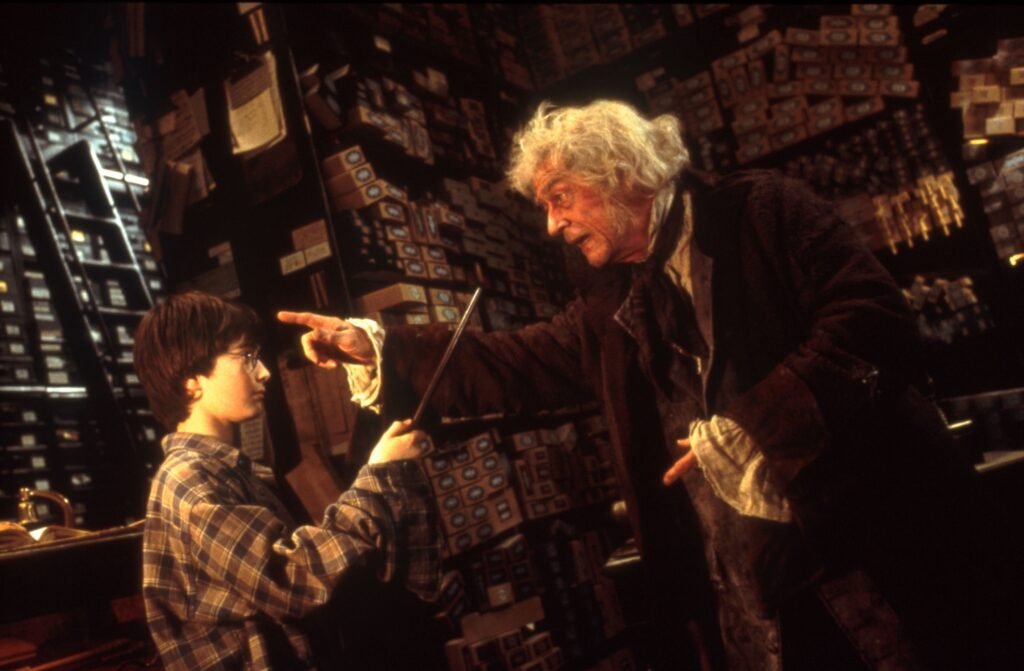
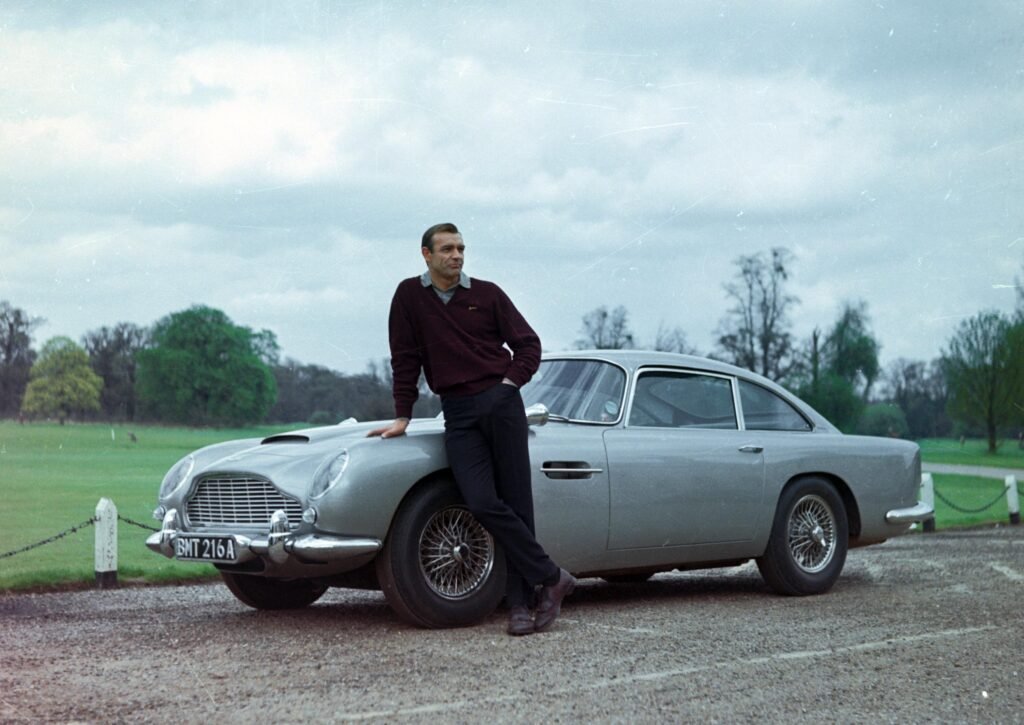
The DB5, used in Goldfinger and several other Bond films, cost around £8,000 when it first appeared in the 1960s—a massive investment at the time.
The Aston Martin DB5 is as much a part of James Bond’s identity as his tuxedo and martini. Its sleek design and gadget-laden features helped define the “cool” factor of the Bond franchise. The car became an iconic prop that symbolised sophistication and adventure, aligning perfectly with Bond’s suave persona.
The DB5 has become synonymous with British elegance and innovation. It represents the charm, danger, and style of James Bond, transcending the screen to become one of the most famous cars in film history. The DB5 has also influenced real-life car designs, cementing its place as a cultural icon that embodies the spirit of British cinema.
The lime-green 1977 British Leyland Mini 1000 became Mr. Bean’s signature vehicle. Although modest in cost initially, the car underwent custom modifications to suit Mr. Bean’s eccentric driving habits, making it a key feature of the show.
The Mini is central to Mr. Bean’s slapstick comedy, serving as both a vehicle and a comedic prop. Whether he’s steering it from a recliner strapped to the roof or rigging it with complex locks, the car embodies his quirky, out-of-the-box thinking. Its simple, retro style made it an ideal extension of Mr. Bean’s persona.
Mr. Bean’s Mini has become as iconic as the character himself, symbolising British humour, ingenuity, and the everyday absurdity that defined the series. Known worldwide, it remains a beloved symbol of British comedy, connecting generations of fans to Mr. Bean’s unique brand of humour and the charm of British television
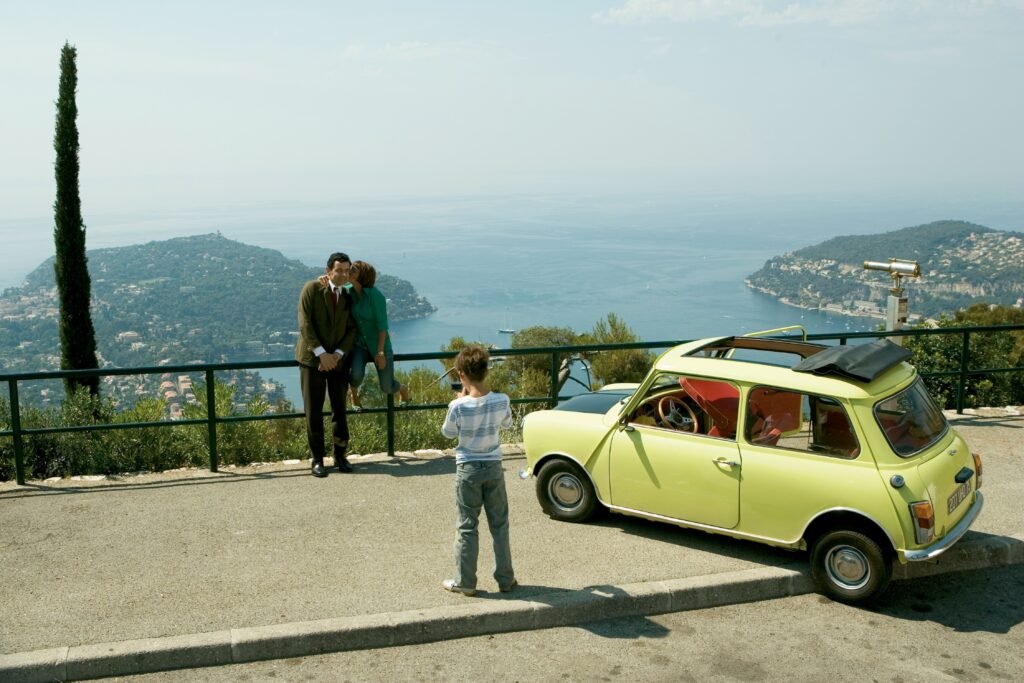
These props may have started as functional items in film and television sets, but they’ve since become cultural treasures representing British creativity, storytelling, and humour. From time-traveling police boxes to quirky green Minis, these iconic items have captured imaginations, shaped narratives, and inspired generations. While Hollywood has its big-budget marvels, the UK’s props are just as influential, reminding us that sometimes the most enduring magic lies in the details—and often in the charm of the everyday.
Providing practical courses designed to help you grow professionally and achieve your career goals in the film and TV production industry
Behind The Budget uses cookies to enhance your browsing experience, analyse site traffic, and provide relevant content. By clicking “Accept All,” you consent to our use of cookies. You can manage your preferences or read more in our Cookies Policy.